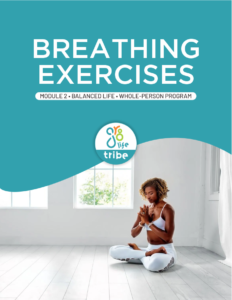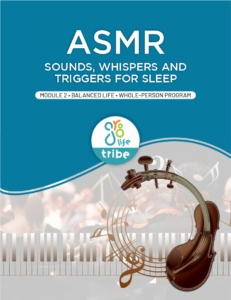MODULE 3
Navigate Emotions for Mental Strength
Focus on the Physical Sensations
Once you understand the value of processing emotions, you can practice navigating them. Focusing solely on how emotions feel in your body is a helpful place to start. Emotions have a physical component: You feel sadness, anger, and joy in your body as well as your mind. Like we explored with stress, you can shift your response to emotions by focusing first on the physical sensations. Start with a neutral perspective. For example, “Huh…my knee hurts” or “Huh…I have a headache all of a sudden.” Resist the urge to label the emotion right away. Focusing on the physical feeling separates you from the urge to create an (unhelpful) mental story about the emotion.
Narrative Therapy
Being curious about your emotions can also help you understand the bigger story you’re telling yourself. The stories you tell yourself become your reality, and you have the power to shift your narrative. This is a core aspect of cultivating mental strength – and it’s an idea that’s gaining traction in the greater healthcare community.
Narrative therapy(this link opens in a new window/tab) focuses on separating the person from whatever challenge, obstacle, or stressor they’re going through. Just as a key piece of moving through stress is shifting how you perceive it, a key piece of coping with challenges is recognizing the story you’re telling yourself and shifting to a more empowering, self-supportive story. You create your own truths, which means you can create new truths.



